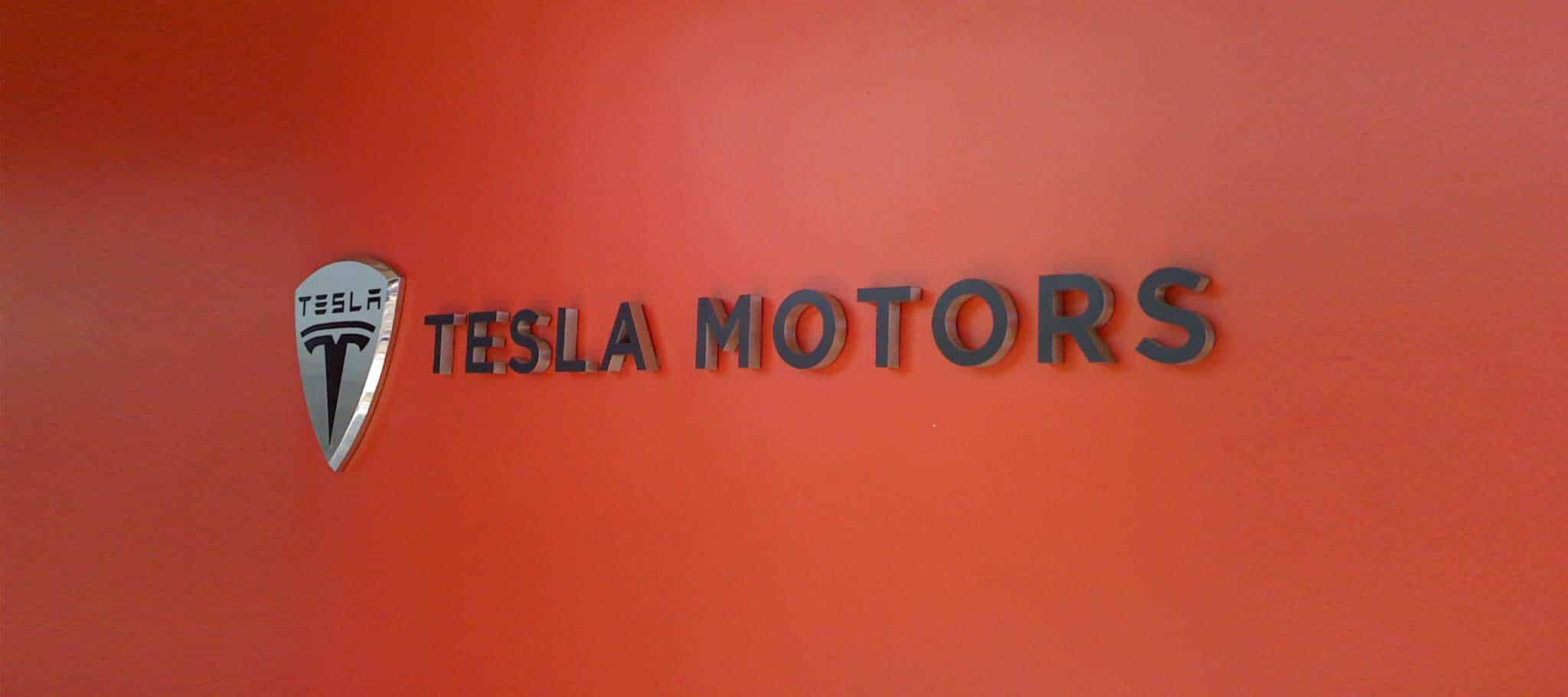I am taking a break at Grand Cafe Loos in Rotterdam, The Netherlands. My mind is spinning around as I try to defragment and reorganize the many experiences, images, and memories that have made this such a fascinating year. It’s easy to pick out the large, juicy chunks, which have captivated most of us around the globe: political upheaval, geopolitical instability, corporate scandals to name but a few. However, it’s the less talked about, more subtle and nuanced changes brewing just beneath the surface that trigger my mind:
A Trend of Unplanned Executive Departures
I recently met with a Board Member of a large global institution in Amsterdam, a successful executive in his mid-fifties. During our meeting, he surprised me with the news that he decided to leave the company. He has in the same period been approached by another global firm to join their Board of Directors, but also kindly declined that offer. I was not only taken by surprise but utterly baffled. Why would you quit if you still have so much to contribute? Why would you subsequently turn down the opportunity of a lifetime to make a great next step? As he started to explain his various considerations, I realized that he fitted into a pattern I have been observing throughout the year. He appears to be part of a trend; a growing number of executives quitting their jobs without any apparent weighty reasons.
Abyss of Boredom
The actioned packed excitement of the year, which has energized most of us, seems to have passed him by. What I would typify as exciting times in corporate dynamics are apparently having a counterproductive effect on a number of high profile executives. Think for instance of strategy, changing Corporate Governance, the current digital transformation, compliance, etc. But there’s another perspective – for many executives, these changes have somehow also changed the Boardroom landscape as they knew it. For some of them, the Boardroom has been transformed into a Boardroom, a dull predictable, overly regulated environment. Being an executive in today’s world has become a more narrow and somewhat commoditized role. A growing number of executives are edging towards the abyss of boredom. They simply feel encircled and suffocated by numerous new developments, which has lamed their creativity and execution power.
The Teslatization of the Boardroom
So why is this new phenomenon taking place? Is this one of the Managerial Paradoxes of our time?
The more in control our organizations are becoming, the more out of control some executives feel. It is a direct consequence of what I call the Teslatization of the Boardroom. Many companies have been so successful in their efforts around efficiency and compliance, that they have almost managed to make the classical executive obsolete. These companies have become automated and the process is driven by well-embedded compliance, oversight committees, and heavy lifting supervisory board members to assist the executive in his or her day to day operational tasks. This has also successfully managed to take away some key drivers that keep the classical executive onboard (e.g. responsibility, power, and fun of being actively at the company’s steering wheel). They feel sidelined by the hands-off approach, which has implicitly been introduced by a rapidly changing managerial environment – for them, companies have simply become over-managed and under led. This hands-off Teslatization of the Management Board is leading them to an introspective road of sole searching, resulting in some of them leaving this “boardroom” in search of new spaces where they can be in control again.
But is it all that bad? Surely not. The Teslatization process is also creating ample opportunities for a new generation of leaders, who are less interested in hanging on to the classical managerial steering wheel. They see the changes as opportunities rather than threats, as enablers rather than disablers. They have both hands free to explore the vast new possibilities of this (digital) transformation process. They feel liberated and energized which leads them to reinvent, reimagine, and reinvigorate.
The Way Forward
Teslatization of the boardroom is a new phenomenon that is here to stay. There’s no way back to the days where the Executive called the shots, took to the road without too much transparency or consultation with his various stakeholders, and steered the company on a good dose of common sense, gut feel, or experience. The new era of Teslatization will be embraced by some and disregarded by many. From a leadership perspective, some executives will inevitably change lanes, or step out of management altogether, while others will embrace the new reality and prosper. From a Board perspective, it will be hazardous times as they attempt to find the right balance between old and new, and in that process retains the talent they worked so hard to recruit in the first place. In order for companies to remain competitive, Boards will clearly have to adapt and ride this wave better than they are present.
Ultimately, the champions of 2020 will be those who manage to understand and leverage these new phenomena (better than their competitors). Instead of falling asleep behind the steering wheel, Boards will need to evolve and reconfigure to accommodate and attract leaders who are able to thrive on this new reality.
As always, I’d be interested in your thoughts …







